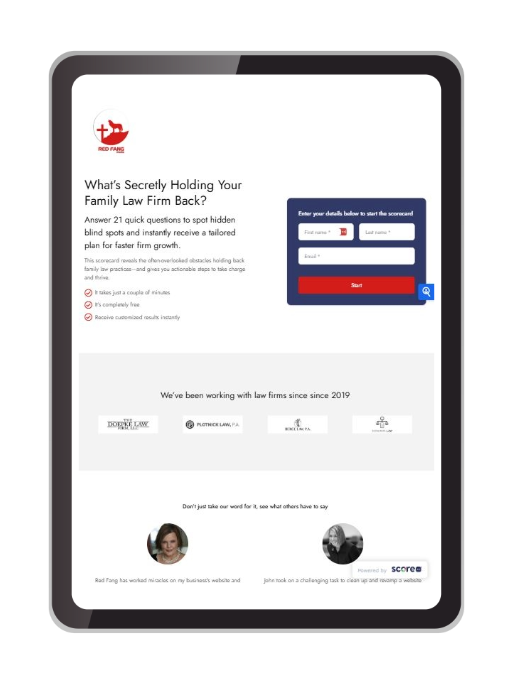It looks like nothing was found at this location.
It looks like nothing was found at this location.
352-442-6674
🔥 Find Out What’s Really Holding Your Law Firm Back

In just 2 minutes, this free quiz reveals the hidden gaps holding your firm back — and gives you a custom action plan to fix them fast.
✅ Pinpoint what’s keeping you stuck
✅ Discover your fastest path to growth
✅ Walk away with clear next steps you can actually use